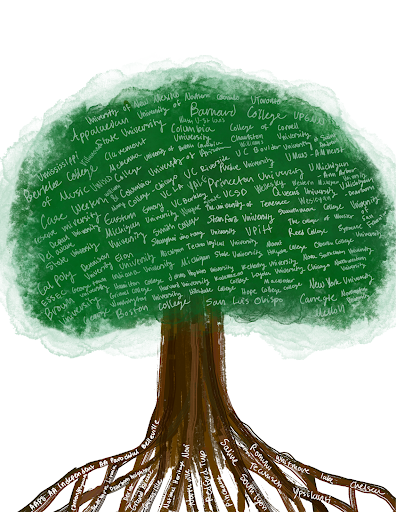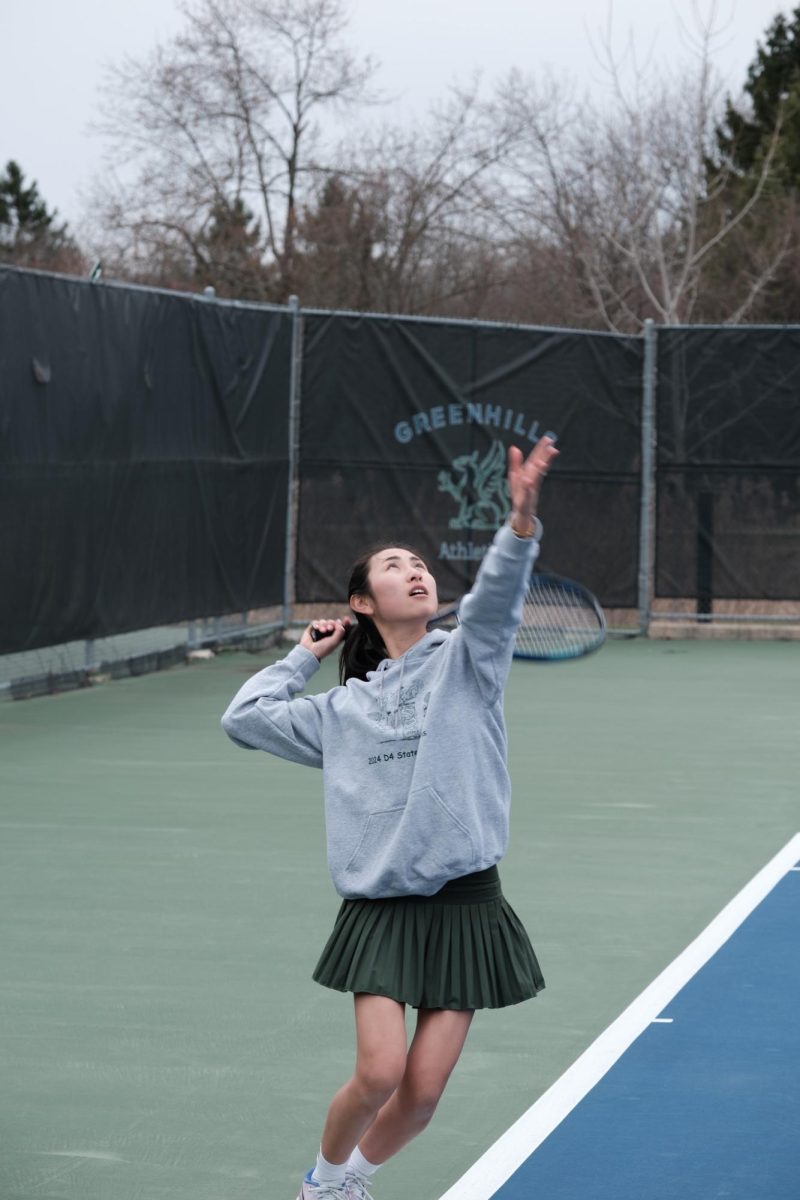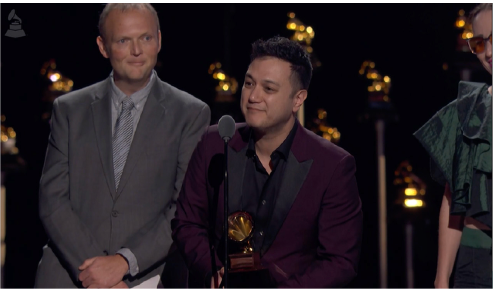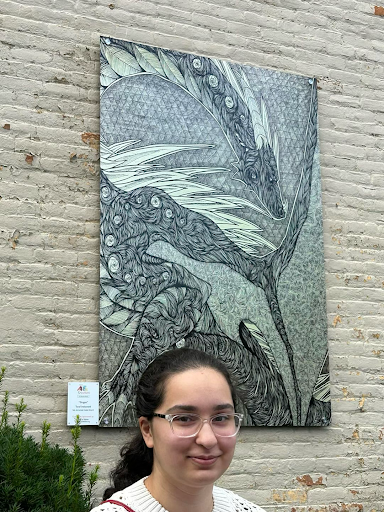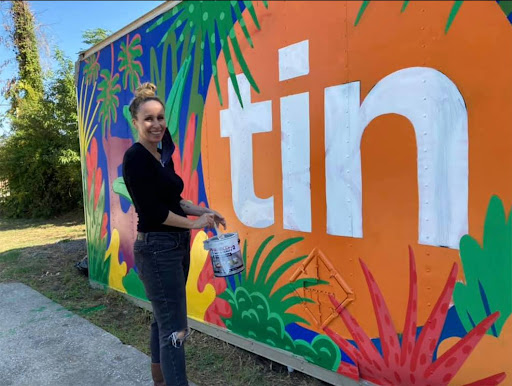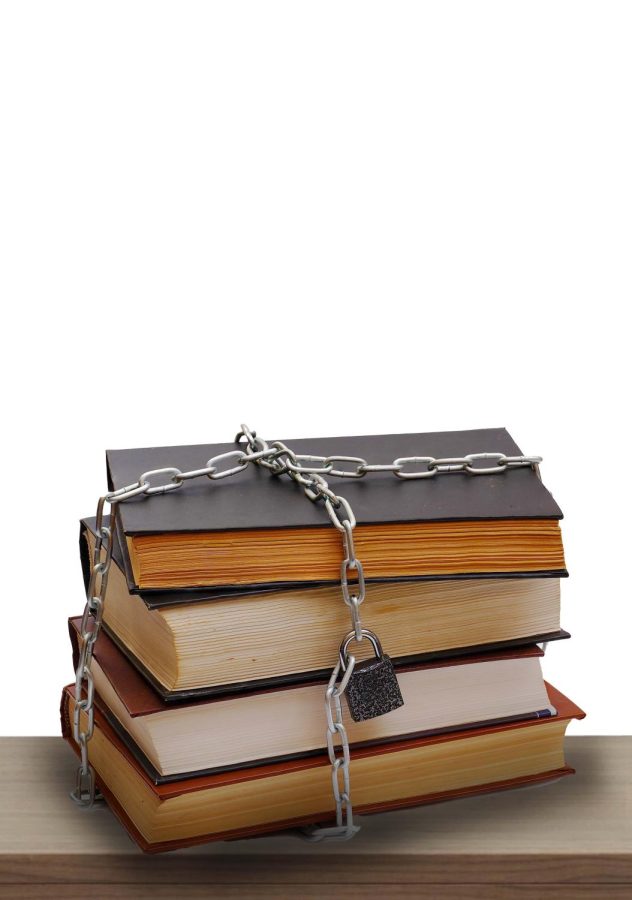Pushing against the ban
Greenhills promotes banned books
November 10, 2022
The LGBTQ+ community, people of color, and minorities – all topics that have been challenged in past and current societies. The challenge of these topics has resulted in the banning of many books across the United States. From Sept. 19-23, the school sought to celebrate and bring importance to these banned books by creating a dedicated space in the library to house “banned books.”
The process of banning books, and banned books alone, may be topics that many are unfamiliar with.
“Banned books are books removed from the shelf because people believe the ideas expressed in the book should not be shared with the public,” said librarian Stefanie Haliday.
Many of these bannings are coming from groups of parents coming together to get books out of libraries they feel pose inappropriate material to readers.
“It’s not just individual parents, it’s groups of parents that are banning books together. They use an organized approach where they call libraries and ask if they have certain books and then tell them they shouldn’t for various reasons,” said Haliday. As more books get banned, more students lose access to diverse and informative literature.
Most of the time parents are attempting to ban books in fear that it will spread “bad” ideals to their children.
“50 percent of the books banned have intended readers that are young adults,” said Haliday.
The types of books that are getting banned target multiple minority groups.
“41 percent of the books that are being banned are being banned because of LGBTQ+ content, that’s a very specific targeted banning,” said Haliday. In addition to banning books due to LGBTQ+ themes, many books are also being banned due to race. “40 percent of books are being banned because the protagonist or prominent secondary characters is a person of color,” said Haliday.
Oftentimes people get confused between challenged books and banned books.
“Challenged books means someone comes up to you and tells you you shouldn’t have a book, whereas banned books are books that are actually removed from the shelf,” said Haliday.
There have been many instances of challenged books, but one of the more recent instances occurred in Texas. “One of the legislative leaders sent a list of books out to all schools and asked them to check off all the books that they had. He didn’t say they couldn’t have them, but it made them feel uncomfortable and under the microscope for having them,” said Haliday.
Many students are appreciative of the effort to celebrate these banned books.
“I think it’s great that we get to know these banned books and why they were banned to gain more information about why they are getting banned and censored,” said Hannah Beringer ‘24.
Sophie Lewis ‘23 has been largely influenced by her mother, Monica Lewis, an English teacher.
“Banning books is disrespectful to these beautiful pieces of literature,” said Sophie Lewis. “They are being banned because they are not the norm, which is detrimental to this world.”
English teacher Danielle Conti also supports the efforts to protect banned books.
“Writers push boundaries, it’s kind of their job,” said Conti. “The humanities exist, fiction exists, to get human beings to think about people other than themselves. We are all self centered beings. Everyday we wake up and we ask ourselves, “Whose perspective am I not considering and how do I step out of my comfort zone to open myself up to new ideas and new experiences and really think about others?” That is our challenge everyday and that’s what we try to promote at Greenhills.”
She also relates on a much more personal level, through the educational field.
“As an English teacher, I think it is great because all these writers are sharing their ideas. Whether you agree with their use of the written word to explore those ideas or not, they still have the right to write,” said Conti.



